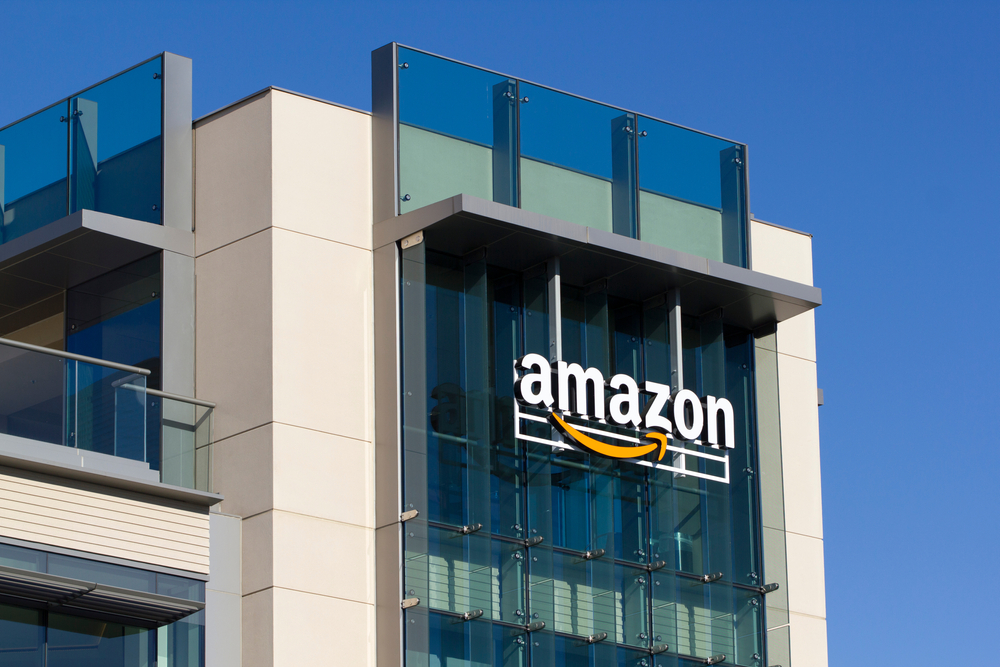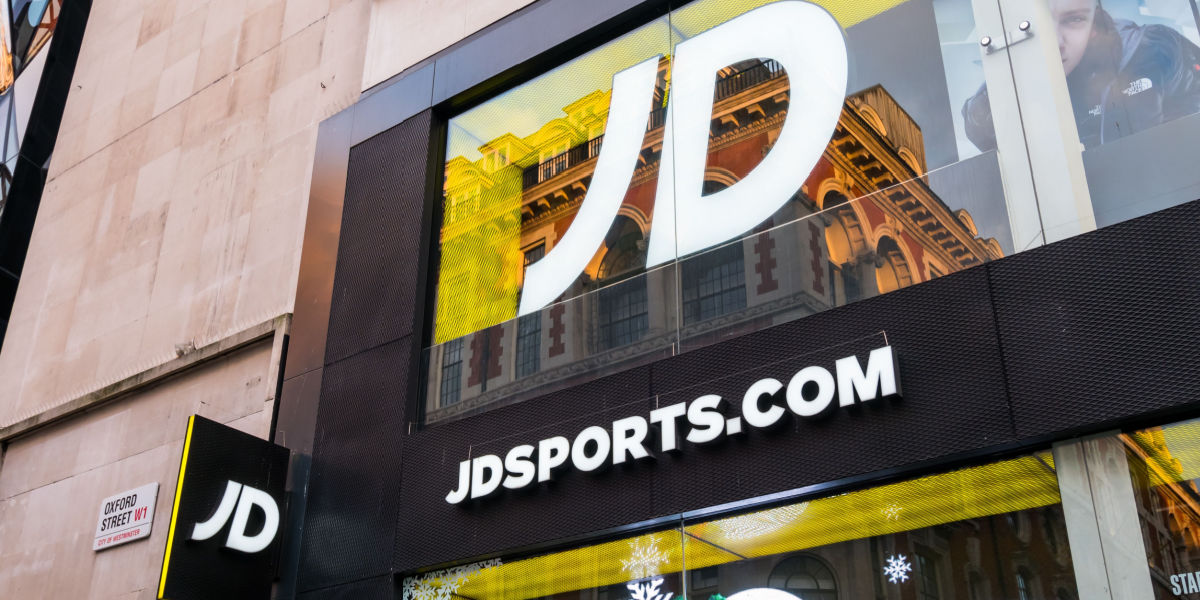Asos suffered every retailers‘ worst nightmare last weekend when part of its 600,000 sq ft distribution centre in Barnsley went up in flames. It has been reported that 20% of the 10 million stock items housed at the centre were affected. The company managed to resume normal service within 48 hours of the fire – a remarkable achievement and one that is testament to the rigorous disaster recovery plans that had been put in place.
Not all companies are this well prepared. For smaller ecommerce retailers in particular, disaster recovery procedures may not be front of mind. Most businesses plan for what they can control but forget about what they can‘t. Whilst there is obviously only so much retailers can do to protect themselves in a situation like this, there are practical steps that they should take to limit the damage.
Planning
Retailers need to imagine every possible worst case scenario and ask themselves what the best outcome could be –then plan how to make that happen. This applies to everything from how customer data can be transferred and hosted elsewhere, how quickly computers can be up and running again, or how soon replacement stock can be delivered. If fulfilment is outsourced to a third party then retailers should expect their partners to have answers to these questions to hand immediately.
When Sony‘s disc distribution centre was damaged as a result of the London riots in 2011, the company activated its disaster recovery plan within an hour. Collaboration agreements were set up with alternate sites which were used as temporary distribution centres. As a result, no single stock orders were lost. Although most retailers could not afford the luxury of splitting costs over multiple distribution sites, it is possible to research possible partnerships that could be activated in the event of an emergency.
Asos also proved that meticulous planning pays off, as does rigorous testing. Retailers need to test the robustness of the plan in real terms. Look for the places that it might fall down and identify the aspects of it that are out of your control. In the event of a fire alarm test, staff move into auto pilot on what the procedure is – the same should be true for the disaster recovery plan.
Communication
Customers will understand that service will need to be suspended in extreme circumstances. Loyalty only starts to become tested when retailers fail to communicate how they intend to return to business as usual. Asos issued a statement saying that they aimed to start taking and fulfilling orders within ‘the next day or so‘ so it was crucial that they delivered on that.
A timeline for each eventuality is an essential part of the disaster recovery plan – and if this timeline has been communicated then sticking to it is a must. No retailer wants to imagine the impact that incidents such as those suffered by Asos and Sony could have on their business. But, even for the smallest retailers, there are valuable lessons to be learnt.








